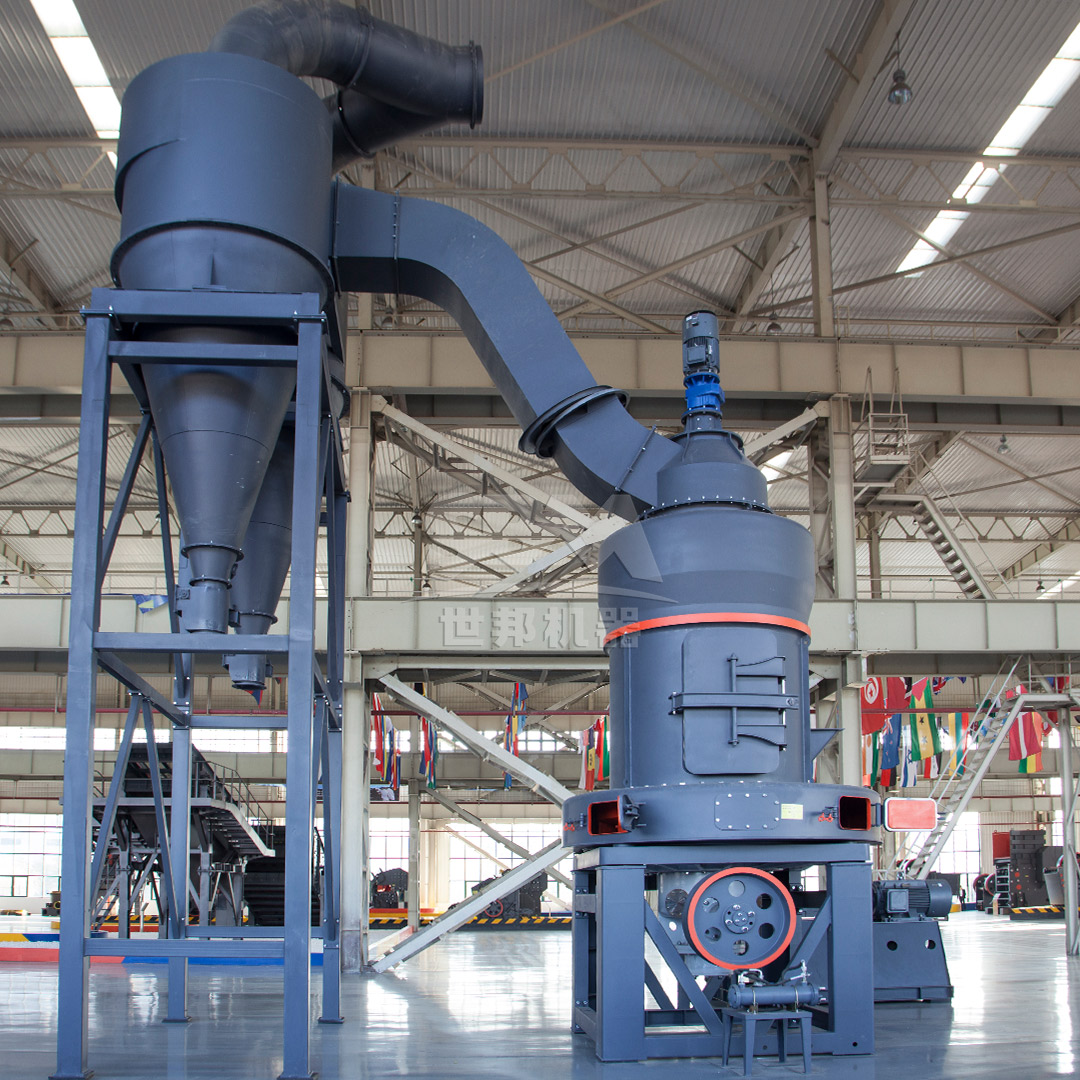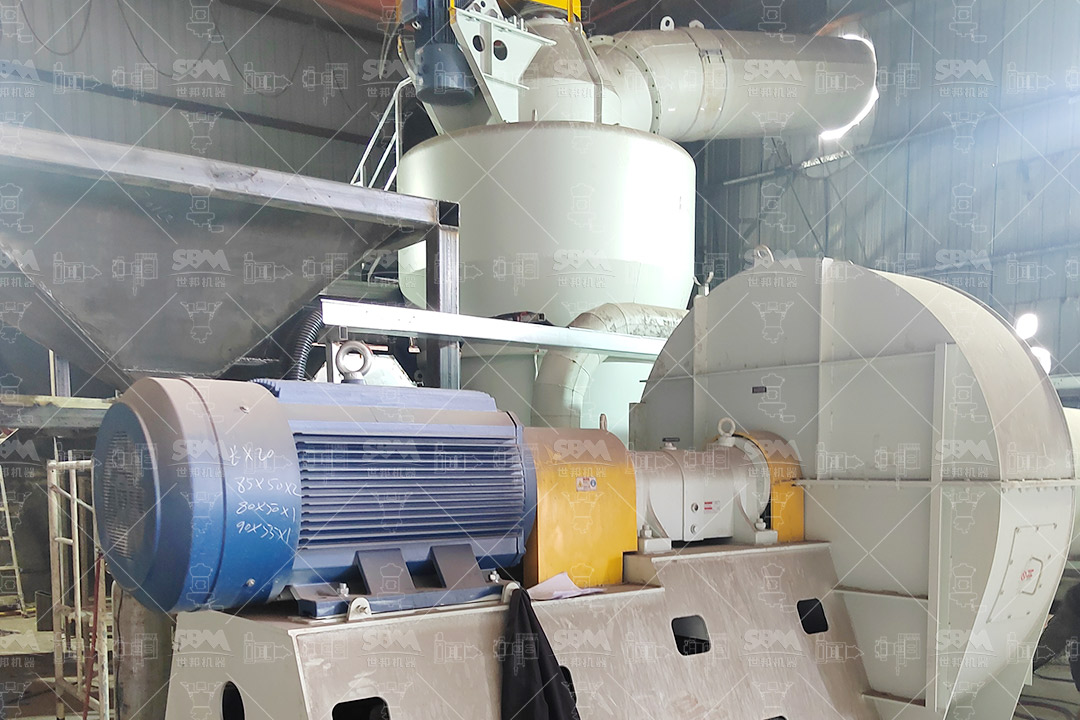Limestone is a crucial ingredient in animal feed additives, providing essential calcium carbonate that supports bone development, eggshell formation in poultry, and overall animal health. The quality of ground limestone significantly impacts its bioavailability and effectiveness in animal nutrition. Selecting the appropriate grinding mill is therefore critical for feed additive manufacturers seeking to optimize product quality, operational efficiency, and cost-effectiveness.
This comprehensive guide explores the key factors to consider when choosing limestone grinding equipment for animal feed applications, with detailed analysis of different mill technologies and their suitability for various production requirements.

The fineness of ground limestone directly affects its digestibility and mixing characteristics in feed formulations. For most animal feed applications, the target particle size ranges from 45μm to 250μm (approximately 325 to 60 mesh).
Your required throughput significantly influences mill selection. Consider both current needs and future expansion plans:
Grinding operations account for a substantial portion of energy consumption in feed additive production. Modern mills offer significant improvements in specific energy consumption (kWh/ton) compared to traditional equipment.
Beyond initial investment, consider maintenance requirements, wear part replacement frequency, labor costs, and overall reliability when evaluating different mill technologies.
For applications requiring very fine limestone powder (325-2500 mesh), ultra-fine mills provide precise particle size control and uniform distribution. These systems are ideal for premium feed additives where maximum bioavailability is essential.
Our SCM Ultrafine Mill series represents the pinnacle of ultra-fine grinding technology for limestone feed additives. With output fineness ranging from 325 to 2500 mesh (D97≤5μm) and capacity from 0.5 to 25 tons per hour, these mills deliver exceptional performance for high-value feed applications.
| Model | Capacity (ton/h) | Main Motor Power | Output Fineness |
|---|---|---|---|
| SCM800 | 0.5-4.5 | 75 kW | 325-2500 mesh |
| SCM900 | 0.8-6.5 | 90 kW | 325-2500 mesh |
| SCM1000 | 1.0-8.5 | 132 kW | 325-2500 mesh |
| SCM1250 | 2.5-14 | 185 kW | 325-2500 mesh |
| SCM1680 | 5.0-25 | 315 kW | 325-2500 mesh |
The SCM series features high-efficiency classification with vertical turbine classifiers that ensure precise particle size distribution without coarse powder contamination. With energy consumption 30% lower than jet mills and twice the production capacity, these mills offer outstanding operational economics for feed additive producers.
For standard feed applications where particle sizes between 30-325 mesh are acceptable, medium-fine grinding mills provide an excellent balance of performance and operating costs.
Our MTW Series Trapezium Mill is specifically engineered for efficient limestone grinding in animal feed applications. With output fineness from 30-325 mesh and capacity ranging from 3-45 tons per hour, this mill series offers versatile performance for various production scales.
| Model | Capacity (ton/h) | Main Motor Power | Max. Feed Size |
|---|---|---|---|
| MTW110 | 3-9 | 55 kW | <30mm |
| MTW138Z | 6-17 | 90 kW | <35mm |
| MTW175G | 9.5-25 | 160 kW | <40mm |
| MTW215G | 15-45 | 280 kW | <50mm |
The MTW series incorporates curved air duct technology that reduces energy loss and improves transmission efficiency. With wear-resistant shovel design and cone gear integral transmission achieving 98% efficiency, these mills deliver reliable performance with reduced maintenance requirements.

Vertical roller mills offer compact design and high efficiency for large-scale limestone grinding operations. These systems integrate multiple functions including crushing, grinding, and classification in a single unit.
Our LM Series Vertical Roller Mill provides comprehensive solutions for high-volume feed additive production. With capacities from 3-250 tons per hour and output fineness from 30-325 mesh (with special models reaching 600 mesh), these mills represent the cutting edge in grinding technology.
While older technology, ball mills still find application in certain feed additive operations, particularly where very fine grinding is not required and capital investment constraints exist.
| Mill Type | Output Range | Capacity Range | Energy Efficiency | Best Applications |
|---|---|---|---|---|
| Ultra-Fine Mill | 325-2500 mesh | 0.5-25 t/h | High | Premium feed additives, aqua feed |
| Trapezium Mill | 30-325 mesh | 3-45 t/h | Very High | Standard poultry & livestock feed |
| Vertical Roller Mill | 30-600 mesh | 3-250 t/h | Excellent | Large-scale commercial production |
| Ball Mill | 0.074-0.8mm | 0.65-450 t/h | Moderate | Budget-conscious operations |
Animal feed additives require strict contamination control to prevent heavy metal introduction or cross-contamination. Closed-system grinding with effective dust collection is essential.
Excessive heat during grinding can affect limestone quality and nutritional value. Modern mills incorporate cooling systems and optimized grinding mechanics to minimize temperature rise.
Feed-grade equipment must facilitate thorough cleaning between batches to prevent microbial growth and cross-contamination. Smooth surfaces, minimal dead spaces, and accessible maintenance points are critical design considerations.
A major feed additive manufacturer implemented our SCM1000 Ultrafine Mill for their premium poultry calcium supplement line. The results demonstrated significant improvements:
The intelligent control system automatically maintains target particle size through real-time feedback, ensuring consistent product quality despite variations in raw material characteristics.

While advanced grinding systems require higher initial investment, their superior energy efficiency and lower maintenance requirements typically deliver attractive return on investment within 12-24 months for medium to large operations.
When evaluating mill options, consider the complete cost picture:
Select equipment that can accommodate projected growth. Modular systems and mills with capacity headroom provide flexibility for future expansion without complete system replacement.
Modern grinding mills incorporate advanced pulse dust collection systems that typically achieve efficiency exceeding 99.9%, ensuring compliance with international environmental standards for particulate emissions.
Animal feed facilities often operate in mixed-use areas where noise control is important. Contemporary mill designs incorporate sound insulation and vibration damping technologies to maintain noise levels below 75-80 dB.
With increasing focus on sustainable operations, selecting energy-efficient grinding technology not only reduces operating costs but also supports corporate environmental responsibility initiatives.
Undersized mills operate inefficiently at maximum capacity, while oversized equipment wastes energy at partial loads. Professional capacity analysis ensures optimal equipment selection.
Successful grinding operations require proper integration of feeding, grinding, classification, and collection systems. Consider complete system solutions rather than individual components.
Proper training maximizes equipment performance and lifespan. Reputable suppliers provide comprehensive operational training and ongoing technical support.
Selecting the right limestone grinding mill for animal feed additives requires careful consideration of multiple technical, economic, and operational factors. The optimal choice depends on specific production requirements, quality standards, and business objectives.
For operations requiring ultra-fine limestone powder with precise particle size control, our SCM Ultrafine Mill series offers unparalleled performance with exceptional energy efficiency. For standard feed applications with higher capacity requirements, the MTW Series Trapezium Mill provides robust, cost-effective grinding solutions.
By understanding the capabilities and applications of different grinding technologies, feed additive manufacturers can make informed decisions that optimize both product quality and operational economics, ultimately enhancing their competitive position in the animal nutrition market.